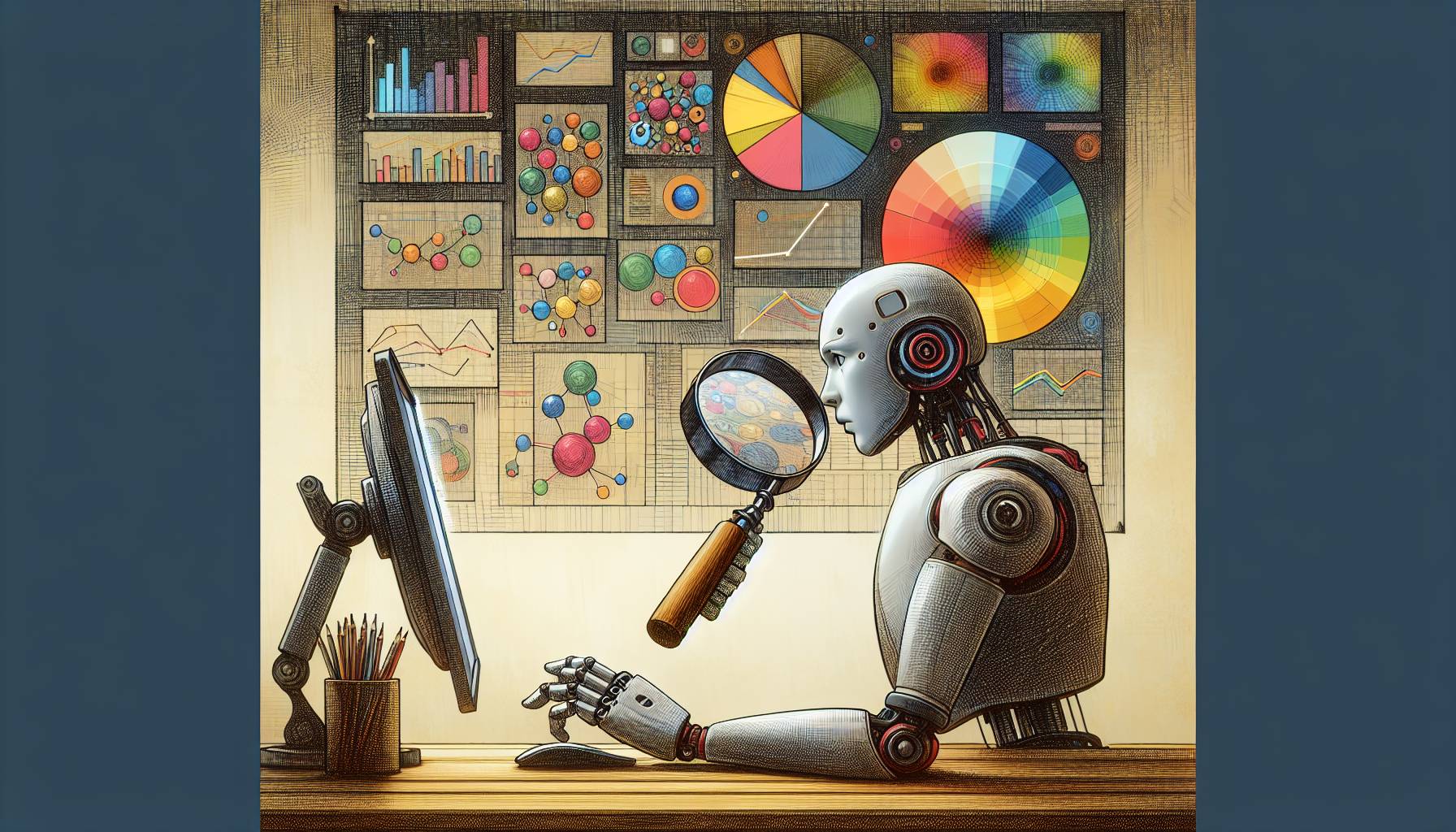Personal development is not just about enhancing personal life. It also pertains to professional development. The actions you take to advance your career and broaden your knowledge are all part of employee personal development. It represents a crucial process to becoming a more well-rounded and effective employee.
This might be reaching a major business milestone, receiving the promotion you have been working so hard for, or making efforts to improve your skillset.
Personal development opportunities are one of the most critical things. It marks out what you can do to advance and maintain your talent. An individual’s personal interest is a vital element for any personal development plan to succeed. This article will cover the most effective tools to help you with employee personal development.
List of the Tools for Employee Personal Development
Below are some of the crucial tools that help employee personal development and prepare you to accept changes.
Setting Goals
Writing down a personal development goal according to what an employee desires to achieve is the first step to succeed in employee personal development.
It could be improving the current skillset or learning an additional skillset. It could be improving a promotion or a business goal. Regardless of the target, setting a written goal that is desirable is vitally important.
Training
A combination of lectures, audio or videos resources, podcasts, mock-ups, etc. can develop employee skills. Moreover, individual or group-based projects are also helpful.
Training comprises both formal and informal approaches to skill development. Examples of formal approaches are classroom-based, instructor-led, eLearning courses, and so on.
Examples of informal approaches include self-study, watching YouTube videos, studying educational blogs, etc. Making posts on platforms like LinkedIn or chat rooms or related sites is also an informal approach.
Each choice needs to suit the demands of the organization and the topic at hand. Employees must enthusiastically take part in training during their whole careers. This is important to improve skills for the function they fulfill.
Stretch Assignments
Stretch assignments entail management working with employees to determine where they want to improve, then assigning tasks to help them improve accordingly.
Usually, the assignments broaden the scope of an employee’s current responsibility to incorporate other abilities that need to be developed.
Stretching tasks might be horizontal or vertical in nature. Horizontal implies situations that will grow additional skills of an employee. Vertical implies when an employee has to fulfill upstream or downstream responsibilities.
Coaching for Employee Personal Development
Senior staffers often work one-on-one with less experienced employees in this approach to skill development. This can expedite the understanding of an employee regarding versatile skills.
You should know that this approach can be time and resource-consuming. However, coaching results in clone-like knowledge of the subject among employees. This is as opposed to an employee’s self-learning or a group discussion.
Mentoring and Monitoring
Senior leaders or management take junior employees under their wing to develop the essential abilities that they may be lacking.
Senior executives or employees in leadership positions can utilize more formal mentoring programs, although less formal frameworks may be employed for younger management. Like other strategies, monitoring can be conducted carefully by optimizing the resources of the company.
Workshop Employee Personal Development
Workshops open the door for employees to be in touch with peers and colleagues from both inside and outside the business.
The advantage is that you have a lot of access to both comparable (internal) and different (external) peers.
This diverse set of perspectives and knowledge may help you find fresh ideas, fix problems, and share best practices. This is great for improving communication and teamwork. It is also vital for employee personal development.
Simulation
Simulations are getting increasingly popular as a result of how interesting and effective they are.
A simulation can be as basic as role-playing a customer service contact. Examples include learning how to defuse a hostile client in person. It can also be reacting to an emergency crisis, such as simulated first-aid scenarios.
At the most advanced level, simulations might entail totally virtual worlds. This includes firefighting or flying training, where personnel can acquire the necessary skills in a non-threatening environment.
It is helpful for real-world scenarios to bring conceptual or textbook information. This knowledge provides the employee with both the expertise and exposure to managing such responsibilities.
On-the-Job Training
On-the-job training is frequently a fantastic way for employees who have got some basic technical skill development training earlier. This is essentially learning by doing. Also, employees do this immediately following the instructions, enhancing memory retention.
The main objective of on-the-job training is providing required taks to an employee for self-study during work.
By applying the specified duties, employees learn how to make use of something or relate approaches. It can be very expensive for most firms to teach every employee. As a result, on-the-job training is a very common method of employee personal development.
Finally, no matter how helpful personal development is for employees, it still requires their effort and motivation. That’s why one alternative name for the capacity to develop personally is “learning agility.” It’s the desired talent in and of itself.
Self-development is more likely in employees who are motivated and passionate about their profession. Employee engagement programs can therefore promote self-development while simultaneously providing additional benefits.













